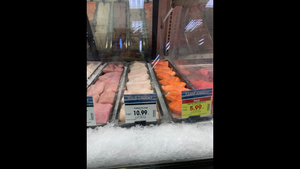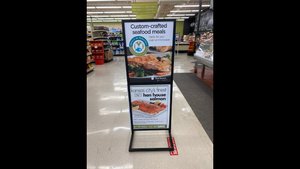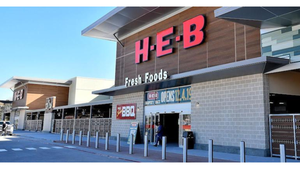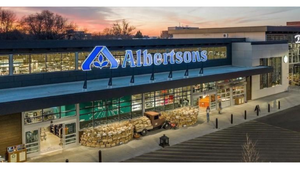The Customer Drives IT Innovation at Wal-Mart
Wal-Mart Stores' approach to technology innovation is to start with the customer and the business process and then see how technology can help, said the retail giant's Chief Information Officer Rollin Ford. Unless the business has embraced it and it makes sense for the customer, you can innovate till the cows come home and it's like pushing a noodle you can't do it, said Ford in the CIO Innovators
January 25, 2010
MICHAEL GARRY
NEW YORK — Wal-Mart Stores' approach to technology innovation is to start with the customer and the business process — and then see how technology can help, said the retail giant's Chief Information Officer Rollin Ford.
“Unless the business has embraced it and it makes sense for the customer, you can innovate till the cows come home and it's like pushing a noodle — you can't do it,” said Ford in the CIO Innovators Forum at the National Retail Federation's 99th Annual Convention & Expo here earlier this month.
Ford, a 26-year Wal-Mart veteran, shared the forum with two other CIOs — David Grooms of McDonald's and Neville Roberts of Best Buy. The moderator was Brian Kilcourse, managing partner, Retail Systems Research, Miami.
Wal-Mart, Bentonville, Ark., has long been known for its aggressive posture toward the adoption of technology — such as the Retail Link portal and RFID — designed to improve the efficiency of its supply chain.
There is a tendency, said Ford, for CIOs to reverse the innovation process, focusing first on technology and then on what it will do for the consumer and what business strategy it will enable. But if you do that, “then your innovation gets stagnated because it doesn't have anywhere to go.”
Ford suggested that listening to consumers and analyzing consumer data can lead to innovation. “You have to pay more attention to the analytics and some of the data than you ever have before,” he said. “Business intelligence is becoming a bigger and bigger driver.”
Sometimes it's simply a matter of asking customers what they think. “They will tell you, and then it's about mining that information for the nuggets you will use,” Ford said.
IT'S ABOUT SPEED
Ford believes that in a transparent age in which “there are very few secrets anymore,” the only competitive advantage left is the speed with which technology is embraced. “It's about getting from point A to point B quicker than everybody else,” he said.
Another factor that drives Wal-Mart is a “healthy paranoia” about staying on the cutting edge. “Whether you're talking about hardware, software or servicing customers, you wake up every day going, ‘What are we missing? What do we need to do different?’” he said. “That creates an environment that's pretty invigorating.”
As an international company, Wal-Mart categorizes its business in three “buckets”: global, regional and local. “There are some technologies that are going to be core competencies we consider global, and there are going to be regional aspects,” Ford said. “But we have 8,000 stores around the world, and they all want to do it a little differently. You take a store in Mexico and a store in Japan and they come up with different innovations that mean something to the company at large.”
To accommodate local differences, while adhering to a global platform, Wal-Mart needs to be “flexible and nimble,” he said. “Just as critical as speed nowadays is flexibility. Customers are different around the world.”
Wal-Mart recently was able to tap ideas from its 2.1 million employees worldwide by setting up a blog site and asking for suggestions on energy management. More than 5,000 ideas were posted. One idea, which led to companywide savings of $1 million, was to turn off the light in the soft drink machines used in employee break rooms, since everybody knows which drinks are available. “Sometimes simple ideas have the biggest impact,” Ford said.
Ford concluded his comments by underscoring Wal-Mart's support of one of its signature IT initiatives — RFID. “We are very bullish still on RFID,” he said, adding that the company plans to extend the program to pilots in the apparel area, citing potential improvements in in-stock levels.
About the Author
You May Also Like






